Strength training has gained immense popularity for its ability to enhance muscular strength and overall fitness. It combines various exercises to develop strength, power, and endurance. While many people focus on the equipment and technique for effective strength training, the importance of appropriate footwear often gets overlooked. Wearing the right shoes not only provides stability and support but also helps prevent injuries and maximize performance. In this guide, we will delve into the significance of choosing the right shoes for strength training, highlight key features to consider, and provide recommendations for the best shoes tailored for different strength training activities. Importance of Proper Footwear in Strength Training: When it comes to strength training, selecting the correct footwear is essential for multiple reasons: 1. Stability and Balance: The right shoes offer a stable base, maintaining proper alignment during exercises such as squats, deadlifts, or lunges. They help distribute the weight evenly and reduce the risk of ankle rolling or loss of balance. 2. Confidence and Performance: Well-designed strength training shoes can enhance performance by allowing for optimal force transmission through the feet, resulting in improved lifting capacity and power output. They also provide a more confident mindset during intense workouts.
leather
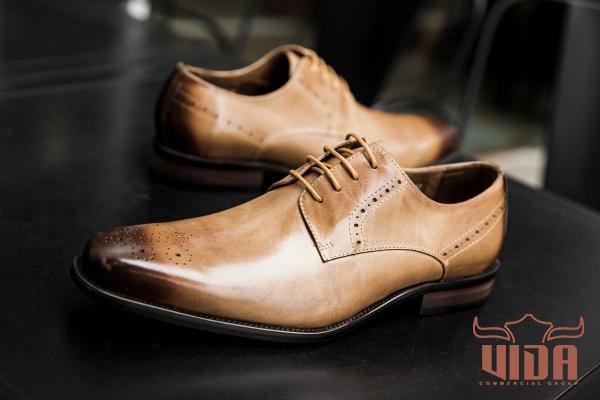 3. Injury Prevention: Wearing shoes specifically designed for strength training can significantly reduce the risk of foot, ankle, and knee injuries. Adequate cushioning, support, and structure provide protection and minimize stress on the joints. 4. Proper Arch Support: Having shoes that offer appropriate arch support helps maintain proper foot alignment, reducing the risk of conditions such as plantar fasciitis and flat feet associated issues. Key Features to Consider: 1. Sole Design: The sole of a strength training shoe should be flat, stable, and non-compressible to provide a solid base of support. Minimal cushioning is desired to ensure maximum force transfer to the ground. 2. Heel Height and Stability: Shoes with a slightly elevated heel and rigid construction help maintain a more upright posture during exercises, such as squats and deadlifts, improving biomechanics and reducing the risk of injury. 3. Lateral Support: Adequate lateral support is crucial for movements involving side-to-side or multidirectional motions. Shoes with reinforced sidewalls or straps can prevent excessive foot pronation or supination, ensuring stability during exercises. 4. Grip and Traction: The outsole of the shoe should provide sufficient grip on various surfaces to prevent slipping or sliding during strength training exercises.
3. Injury Prevention: Wearing shoes specifically designed for strength training can significantly reduce the risk of foot, ankle, and knee injuries. Adequate cushioning, support, and structure provide protection and minimize stress on the joints. 4. Proper Arch Support: Having shoes that offer appropriate arch support helps maintain proper foot alignment, reducing the risk of conditions such as plantar fasciitis and flat feet associated issues. Key Features to Consider: 1. Sole Design: The sole of a strength training shoe should be flat, stable, and non-compressible to provide a solid base of support. Minimal cushioning is desired to ensure maximum force transfer to the ground. 2. Heel Height and Stability: Shoes with a slightly elevated heel and rigid construction help maintain a more upright posture during exercises, such as squats and deadlifts, improving biomechanics and reducing the risk of injury. 3. Lateral Support: Adequate lateral support is crucial for movements involving side-to-side or multidirectional motions. Shoes with reinforced sidewalls or straps can prevent excessive foot pronation or supination, ensuring stability during exercises. 4. Grip and Traction: The outsole of the shoe should provide sufficient grip on various surfaces to prevent slipping or sliding during strength training exercises.
Specifications of leather
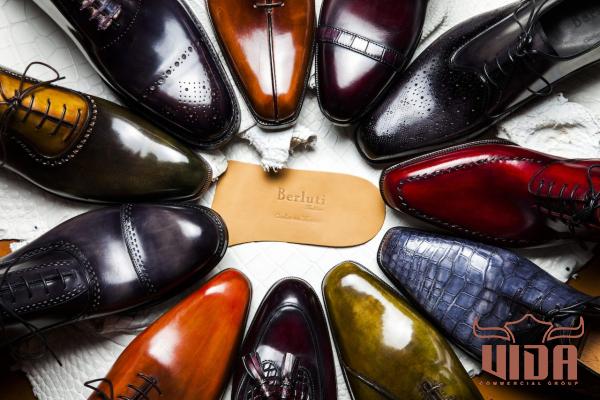 5. Breathability and Comfort: Opt for shoes that offer breathability and moisture-wicking properties to keep your feet cool and dry during intense workouts. Comfortable materials, padded collars, and secure closures (laces, straps, or fasteners) contribute to an enjoyable training experience. Recommended Shoes for Different Strength Training Activities: 1. Weightlifting Shoes: Weightlifting shoes are specifically designed to optimize stability, support, and performance during heavy lifts. They typically feature a raised heel, made from materials like wood, hard plastic, or compressed EVA foam, which helps maintain an upright posture and maximizes ankle mobility. Some popular weightlifting shoe options include Adidas AdiPower, Nike Romaleos, and Reebok Legacy Lifter. 2. Cross-Training Shoes: Cross-training shoes are versatile and suitable for a range of strength training activities, including weightlifting, high-intensity interval training (HIIT), and functional exercises. They offer a balance of stability, cushioning, and flexibility. Reebok Nano, Nike Metcon, and New Balance Minimus are well-known brands in this category. 3. Barefoot Shoes: For those seeking a more natural and minimalistic approach to strength training, barefoot shoes or minimalist shoes are a good option.
5. Breathability and Comfort: Opt for shoes that offer breathability and moisture-wicking properties to keep your feet cool and dry during intense workouts. Comfortable materials, padded collars, and secure closures (laces, straps, or fasteners) contribute to an enjoyable training experience. Recommended Shoes for Different Strength Training Activities: 1. Weightlifting Shoes: Weightlifting shoes are specifically designed to optimize stability, support, and performance during heavy lifts. They typically feature a raised heel, made from materials like wood, hard plastic, or compressed EVA foam, which helps maintain an upright posture and maximizes ankle mobility. Some popular weightlifting shoe options include Adidas AdiPower, Nike Romaleos, and Reebok Legacy Lifter. 2. Cross-Training Shoes: Cross-training shoes are versatile and suitable for a range of strength training activities, including weightlifting, high-intensity interval training (HIIT), and functional exercises. They offer a balance of stability, cushioning, and flexibility. Reebok Nano, Nike Metcon, and New Balance Minimus are well-known brands in this category. 3. Barefoot Shoes: For those seeking a more natural and minimalistic approach to strength training, barefoot shoes or minimalist shoes are a good option.
buy leather
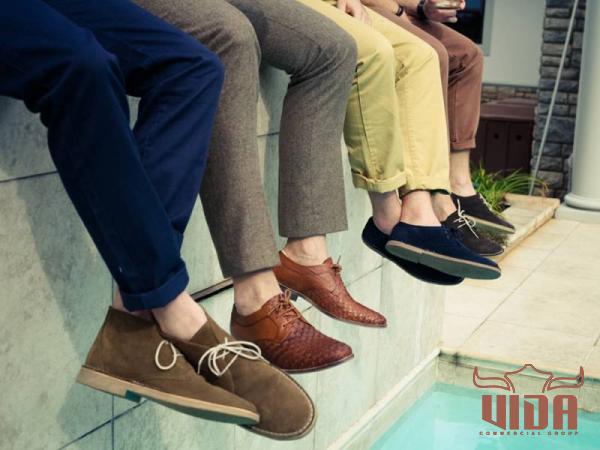 These shoes aim to mimic the feeling of being barefoot while still providing some protection and support. Vibram FiveFingers, Merrell Vapor Glove, and New Balance Minimus Zero are popular choices in this category. 4. Powerlifting Shoes: Powerlifting shoes prioritize stability and a solid base. They have a flat sole, minimal cushioning, and a wider toe box for better stability during heavy lifts. Brands like Adidas Powerlift, Reebok Legacy Lifter Lite, and Sabo Powerlift are often recommended for powerlifting enthusiasts. Conclusion: Choosing the right shoes for strength training is essential for optimal performance, stability, and injury prevention. Considerations such as sole design, heel height and stability, lateral support, grip, breathability, and comfort should guide your decision-making process. Whether you opt for weightlifting shoes, cross-training shoes, barefoot shoes, or powerlifting shoes, a pair that caters specifically to your needs and preferences is crucial for a successful strength training journey. Remember, investing in the appropriate footwear is an investment in your physical well-being and overall performance.
These shoes aim to mimic the feeling of being barefoot while still providing some protection and support. Vibram FiveFingers, Merrell Vapor Glove, and New Balance Minimus Zero are popular choices in this category. 4. Powerlifting Shoes: Powerlifting shoes prioritize stability and a solid base. They have a flat sole, minimal cushioning, and a wider toe box for better stability during heavy lifts. Brands like Adidas Powerlift, Reebok Legacy Lifter Lite, and Sabo Powerlift are often recommended for powerlifting enthusiasts. Conclusion: Choosing the right shoes for strength training is essential for optimal performance, stability, and injury prevention. Considerations such as sole design, heel height and stability, lateral support, grip, breathability, and comfort should guide your decision-making process. Whether you opt for weightlifting shoes, cross-training shoes, barefoot shoes, or powerlifting shoes, a pair that caters specifically to your needs and preferences is crucial for a successful strength training journey. Remember, investing in the appropriate footwear is an investment in your physical well-being and overall performance.
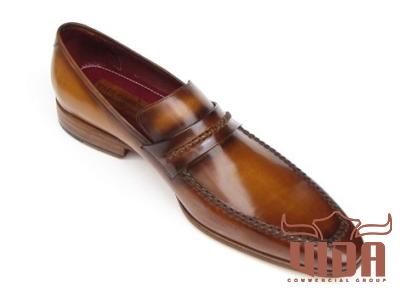
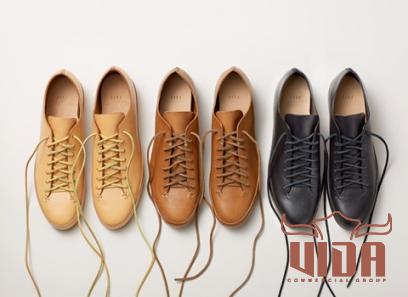
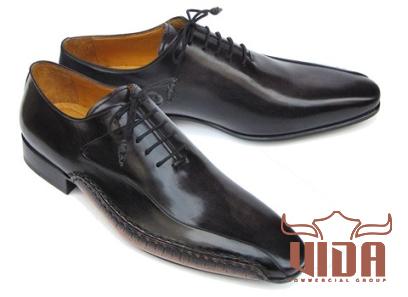
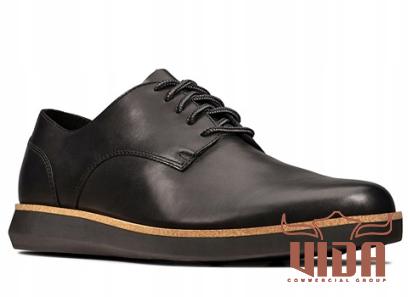
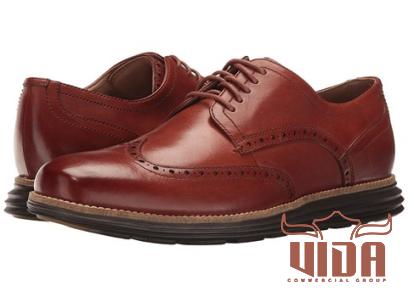
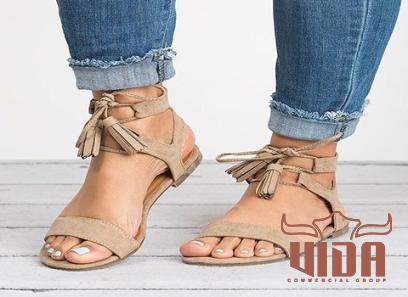
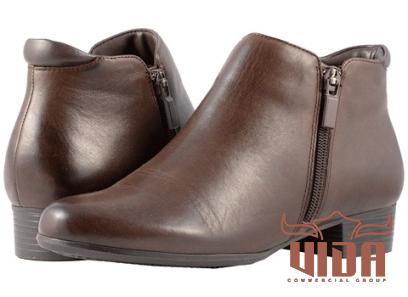
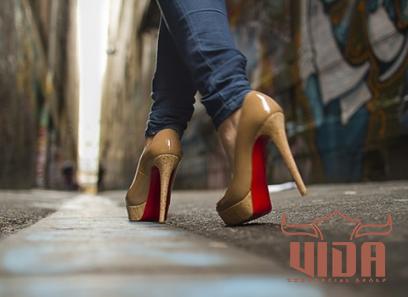
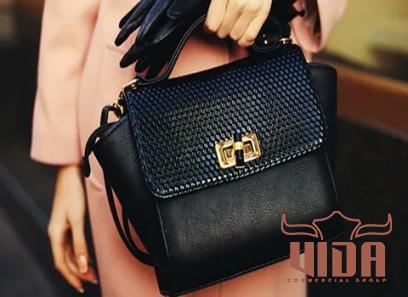
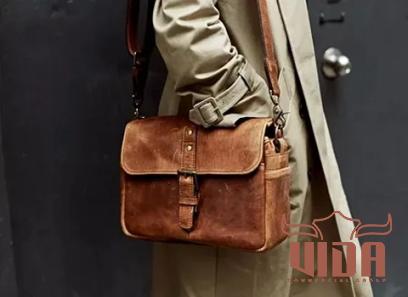
Your comment submitted.